I was browsing online yesterday and came across a stunning collection of eye macros. Sort of scary and wonderful at the same time.
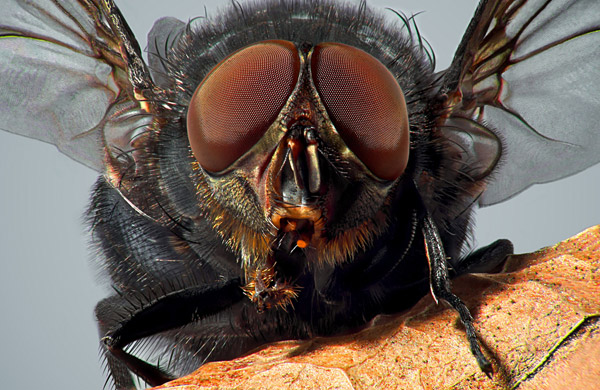
Most of the featured eyes are insect eyes – from flies to grasshoppers to bees. Most insects have what are called “compound eyes” – they have anywhere from a handful to thousands of identical units called ommatidia, consisting of photoreceptors, support cells, pigment cells, and a clear cornea. The combined messages from each of these structures results in an overall picture that appears almost like a mosaic. You’ll notice that insect eyes bulge out, which gives them a far broader angle of view than most other eyes.
The spider eye and caterpillar eyes shown are comprised of “simple eyes” which are the opposite of compound eyes. “Simple eyes” have a cornea – the jumping spider pictured here has two larger “simple eyes” that can only see a narrow field of view, surrounded by smaller “simple eyes” for its peripheral vision.
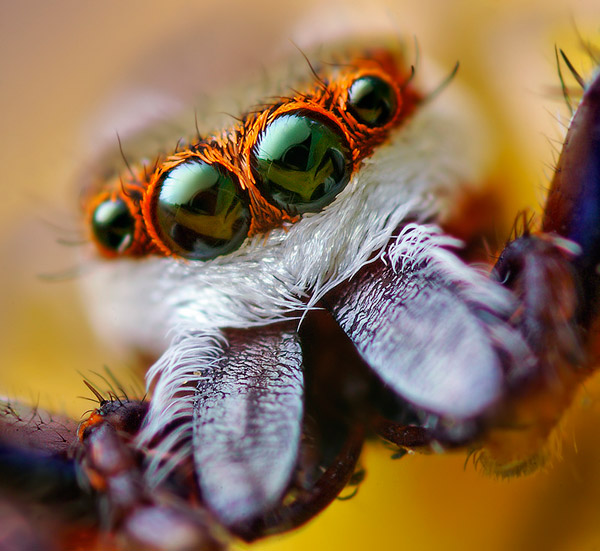
The caterpillar has a specific type of “simple eye” known as “stemmata” which produces a rough image – it is more sensitive to light and dark. You’ll also notice that the caterpillar’s eyes are actually much smaller than they seem to be. The the large “eye spots” surround its actual eyes, making the eyes seem bigger to predators.
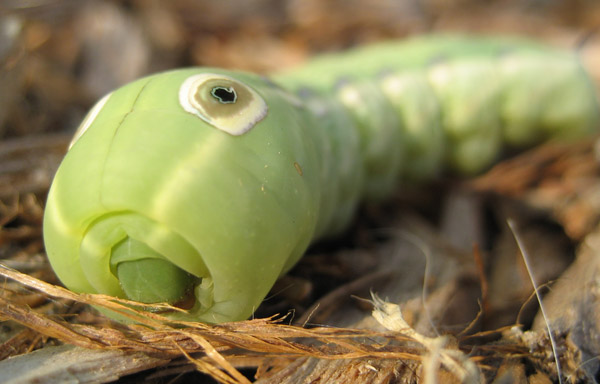
And, of course, my personal favorite, the human eye! One cornea, two eyes. Don’t forget to take care of them. At La Jolla LASIK Institute, I’m now doing yearly eye exams as well as LASIK for all of San Diego.
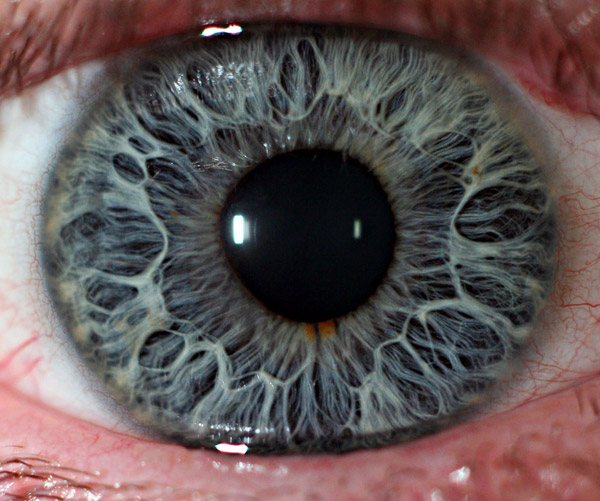
Pretty neat, huh?
Follow us at:
https://www.facebook.com/pages/San-Diego-CA/La-Jolla-LASIK-Institute/101095506604518

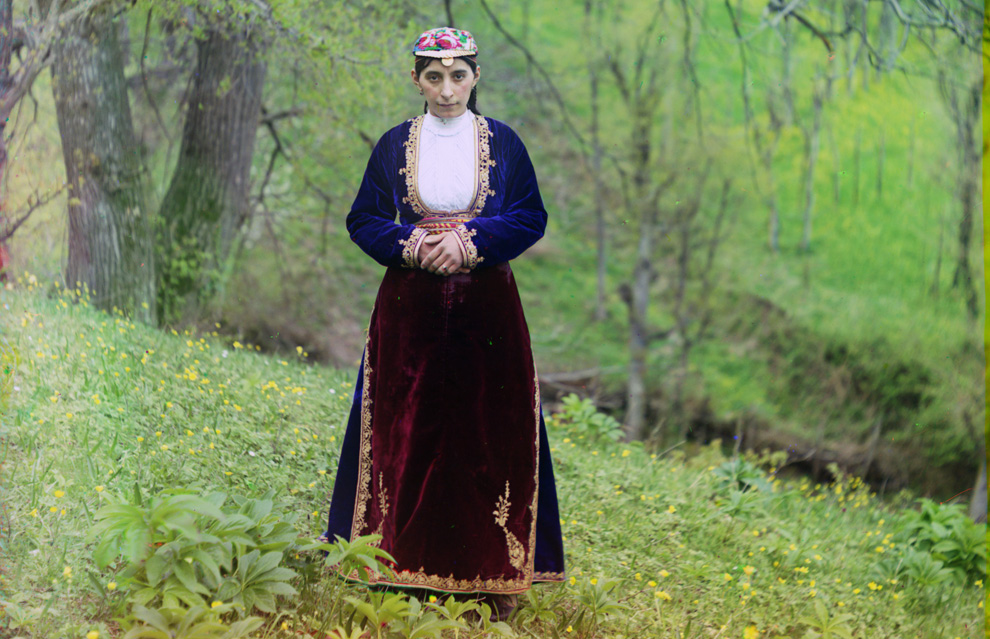 I have loved photography as long as I can remember. It is part of a continuum of everything I do involving vision and seeing. I was never the star student in art class as a kid — I never learned to draw — so when I was about 10 and we were given a choice between drawing, sculpture, and photography for our project, I immediately chose the one of the three I knew I could do. I ran around with a camera taking out-of-focus images of the light reflected off of objects. When I turned in my black-and-white prints, my teacher studied them carefully and asked how I had produced them. She seemed amazed and curious. That day, I felt the power of photography to make us wonder.
I have loved photography as long as I can remember. It is part of a continuum of everything I do involving vision and seeing. I was never the star student in art class as a kid — I never learned to draw — so when I was about 10 and we were given a choice between drawing, sculpture, and photography for our project, I immediately chose the one of the three I knew I could do. I ran around with a camera taking out-of-focus images of the light reflected off of objects. When I turned in my black-and-white prints, my teacher studied them carefully and asked how I had produced them. She seemed amazed and curious. That day, I felt the power of photography to make us wonder.